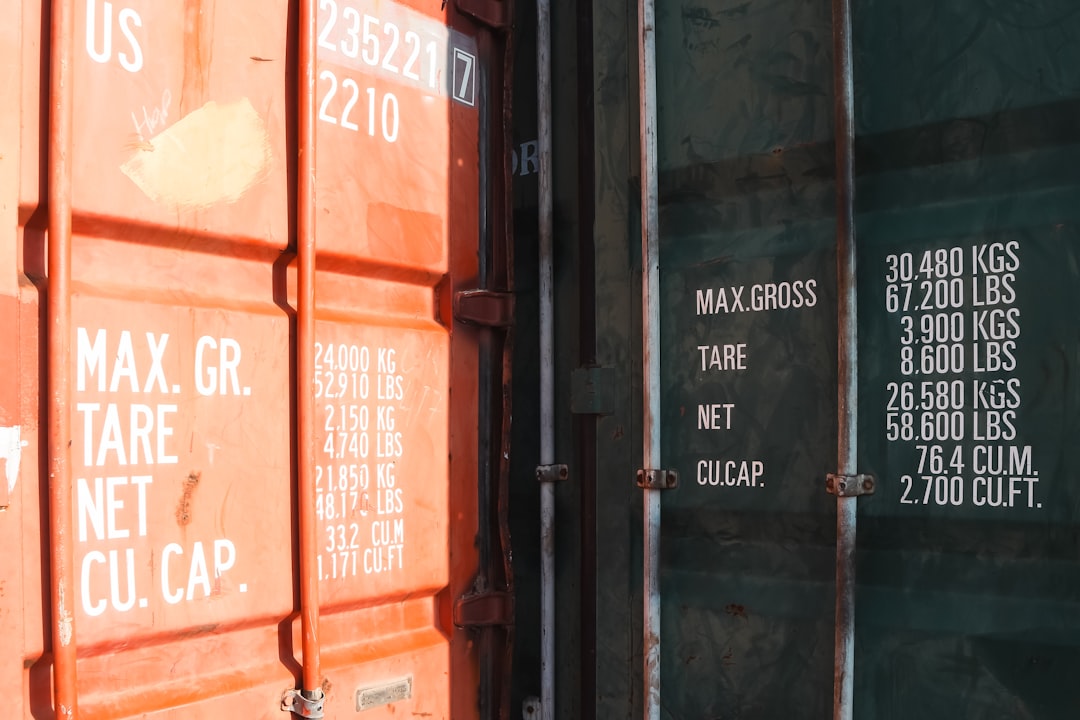In today’s interconnected world, businesses of all sizes rely on efficient global delivery processes to reach international markets and satisfy customers worldwide. This intricate process involves a complex network of players, technologies, and regulations. Understanding this process is crucial for both businesses aiming to expand globally and consumers anticipating their international orders.
1. Order Placement and Processing: The Starting Point
The global delivery journey begins with the customer placing an order. This seemingly simple act triggers a cascade of events. The order is processed by the seller’s system, verifying the customer’s details, payment information, and the availability of the product. This stage involves inventory management, order confirmation emails, and potentially fraud detection measures. Efficient order management systems are key to minimizing errors and delays at this crucial initial stage. Automation plays a significant role, streamlining the process and reducing manual intervention. Integration with various payment gateways and inventory management software is essential for a seamless transition to the next stage.
2. Packaging and Warehousing: Protecting Your Goods
Once the order is confirmed, the goods need to be carefully packaged for the journey ahead. This involves selecting appropriate packaging materials to protect the product from damage during transit. The packaging must comply with international shipping regulations, which can vary significantly depending on the destination country and the nature of the goods. Proper labeling, including clear addresses and customs declarations, is critical to avoid delays or customs issues. Warehousing plays a crucial role, providing a secure and organized space to store goods before shipping. Efficient warehouse management systems help optimize storage space, track inventory, and manage the picking and packing process. Strategic warehouse locations can significantly reduce transit times and costs.
3. Transportation and Customs Clearance: Navigating International Borders
This stage is arguably the most complex and challenging aspect of global delivery. The choice of transportation method – air freight, sea freight, or road transport – depends on factors like speed, cost, and the nature of the goods. Each method has its own advantages and disadvantages. Air freight is the fastest but most expensive, while sea freight is slower but more cost-effective for large volumes. Road transport is often used for regional deliveries. Regardless of the chosen method, navigating customs procedures is essential. This involves completing necessary customs declarations, paying duties and taxes, and ensuring compliance with import regulations of the destination country. Delays at customs can significantly impact delivery times, so accurate documentation and efficient customs brokerage services are crucial.
4. Last-Mile Delivery: The Final Leg of the Journey
The final leg of the journey involves the delivery of the goods to the customer’s doorstep. This “last-mile delivery” is often the most challenging part, particularly in densely populated urban areas. Various factors can impact last-mile delivery, including traffic congestion, weather conditions, and the availability of reliable delivery networks. Businesses often partner with local delivery companies or utilize technology such as route optimization software to ensure efficient and timely delivery. Real-time tracking and delivery notifications keep customers informed and improve transparency. The rise of e-commerce has placed immense pressure on last-mile delivery, leading to innovations such as drone delivery and autonomous vehicles.
5. Post-Delivery and Customer Service: Ensuring Satisfaction
The global delivery process doesn’t end with the delivery of the goods. Post-delivery customer service is crucial for building customer loyalty and addressing any potential issues. This includes providing tracking information, handling returns and refunds, and addressing customer inquiries. Efficient post-delivery processes can significantly improve customer satisfaction and brand reputation. Gathering customer feedback can also help identify areas for improvement in the overall global delivery process. Proactive communication and readily available customer support channels are essential for resolving any issues promptly and efficiently. Data analytics can be used to track delivery performance, identify bottlenecks, and optimize future deliveries.
The global delivery process is a dynamic and complex system that requires careful planning, coordination, and execution. By understanding the key stages, challenges, and best practices, businesses can optimize their global delivery operations, ensuring timely and efficient delivery of goods to customers worldwide.
SEO-Friendly Tags:
- Global Delivery
- International Shipping
- Supply Chain Management
- Cross-Border E-commerce
- Logistics and Delivery




